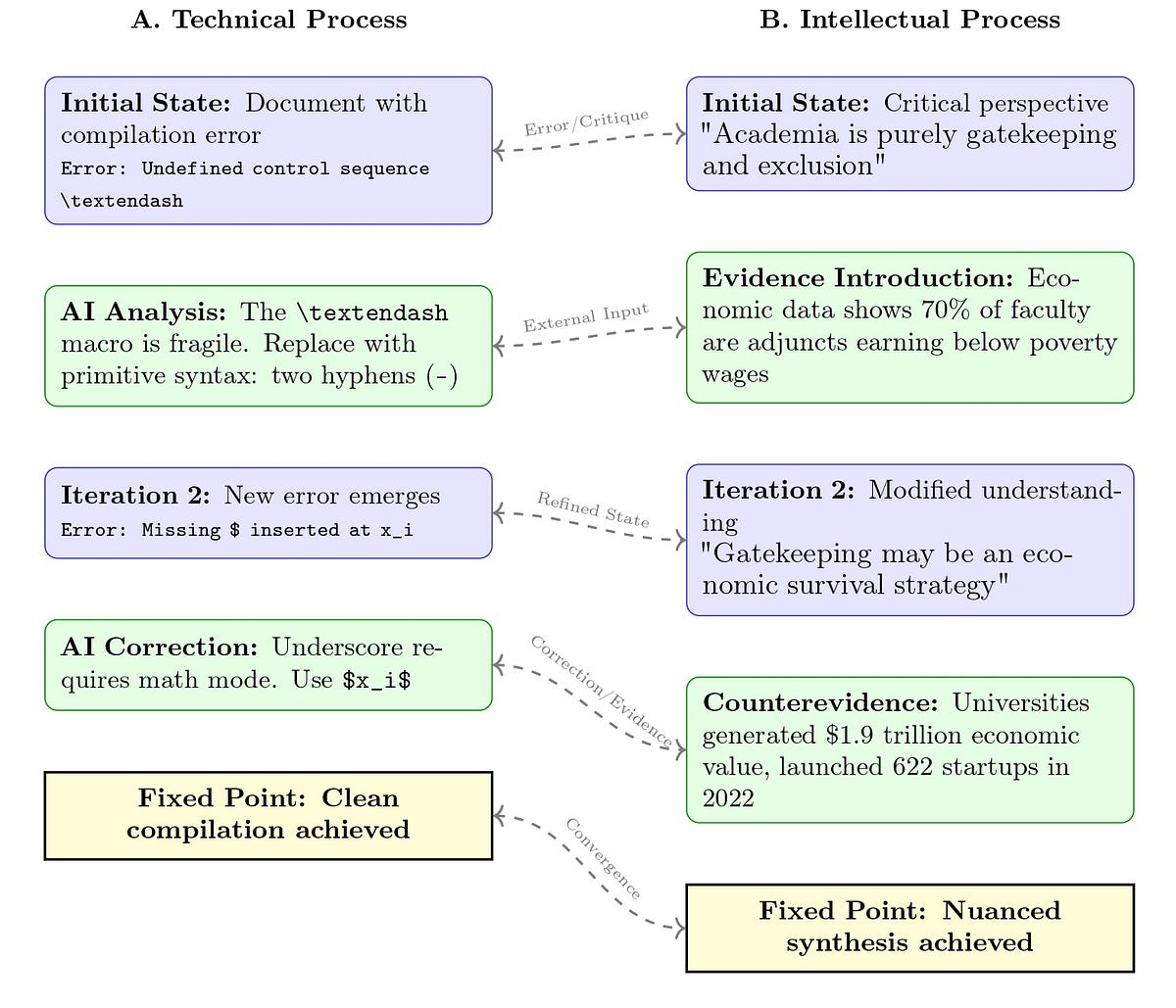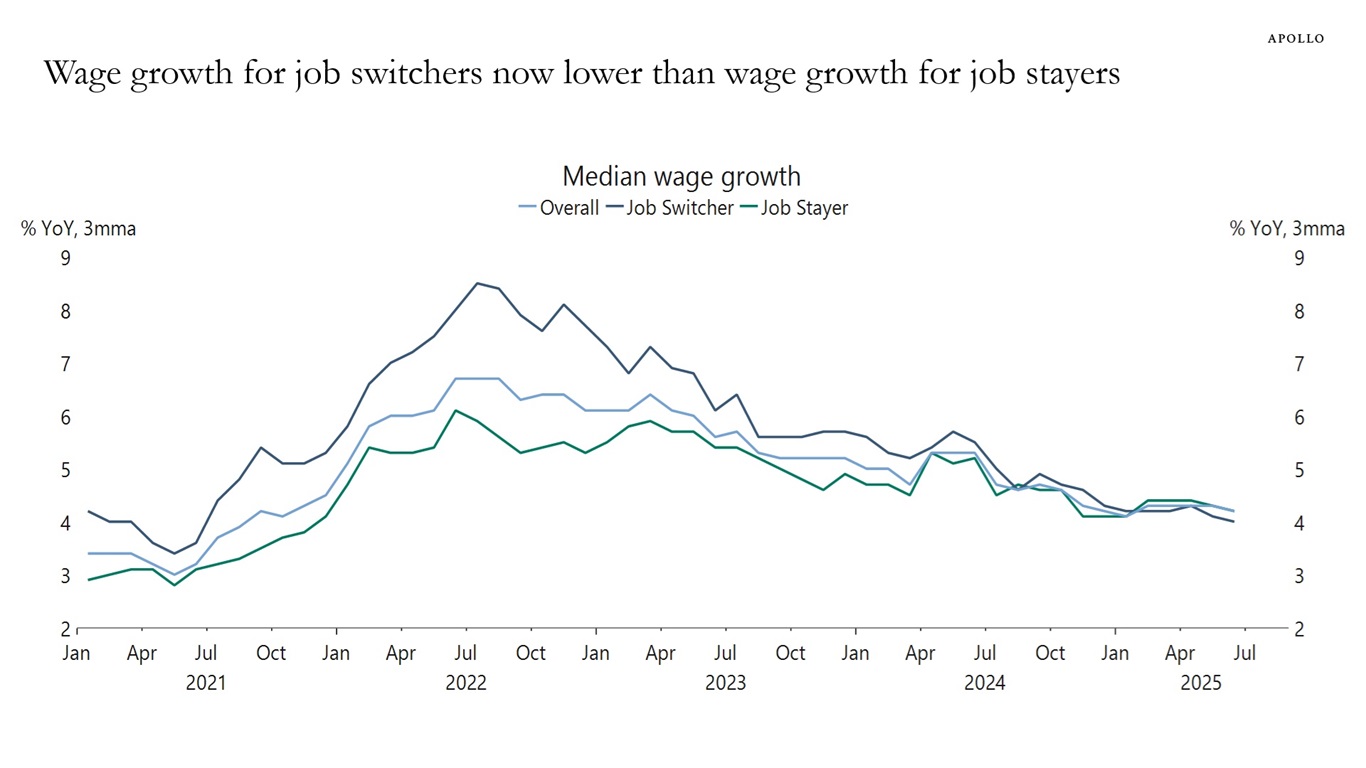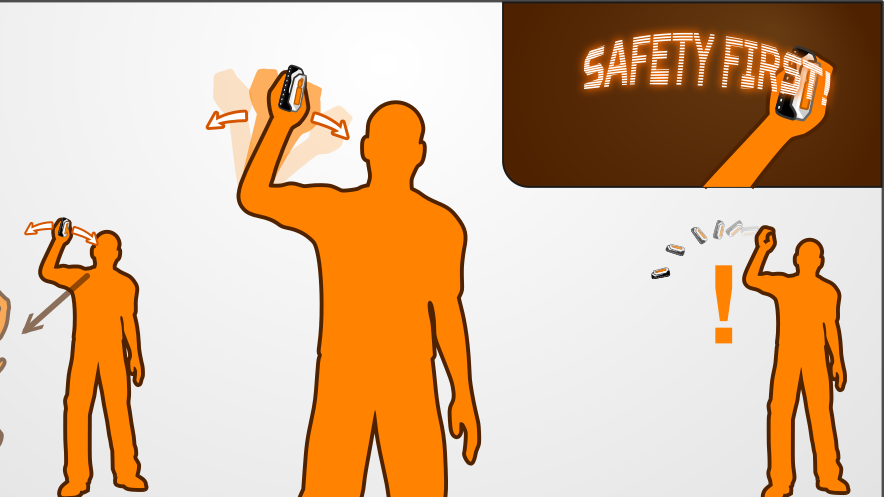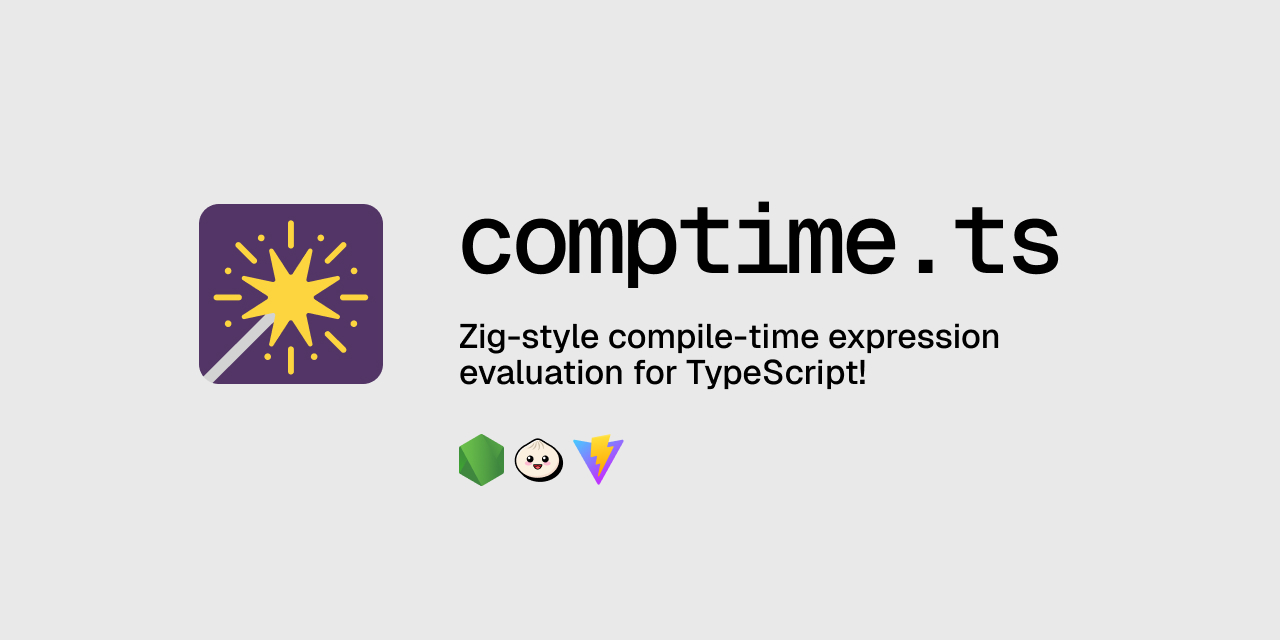
Debugging Academia: Iterative Refinement for Junior Researchers
Entering academia as a junior researcher can feel like stumbling into an invisible obstacle course. Beyond mastering your field’s content, you’re confronted with unwritten rules, complex publishing systems, and subtle norms that no one formally teaches. Beneath the official curriculum lies what sociologists call a “hidden curriculum” — the unwritten rules and expectations of academic culture. These implicit norms often align with the values of established insiders, creating an environment that can exclude newcomers or anyone who doesn’t fit the traditional mold. The result? Feelings of confusion, imposter syndrome, and not knowing why certain papers or proposals get accepted while others (perhaps yours) languish unrecognized.
Compounding this is the sheer complexity of academic systems. Early-career researchers (ECRs) face a maze of challenges in getting their work published and respected. With limited experience, many ECRs struggle to decode reviewer feedback, secure funding, or navigate power dynamics with senior colleagues — all while anxiety mounts. In some respects, they enter a rigid publishing environment dominated by an entrenched status quo. It’s a system that rewards those who know how to play the game, often leaving newcomers vulnerable to stress or even exploitation. Yet success in this arena isn’t merely about intellect; it demands process skills — adaptability, perseverance, knowing how to get unstuck. Unfortunately, these skills are rarely taught explicitly. They’re learned the hard way, through iterative trial and (frequent) error.
So how can a junior researcher make sense of this daunting landscape? One surprisingly powerful approach is to borrow a mindset from computer science: debugging. In particular, LaTeX debugging — yes, that finicky typesetting system beloved and cursed by academics — offers both a metaphor and a practical process for refining our academic thinking. In the sections that follow, we’ll explore how resolving a LaTeX error can mirror the journey of resolving a conceptual problem in research. By treating academic challenges as “bugs” to be systematically understood and fixed, we can demystify hidden academic norms and iterate our way toward clarity and success.















